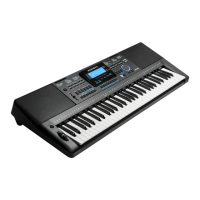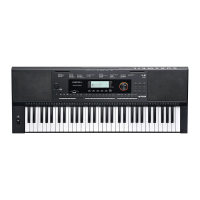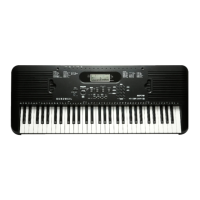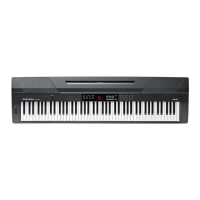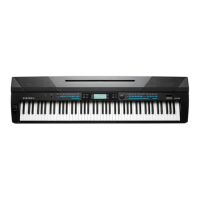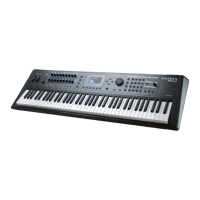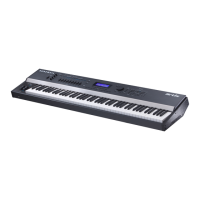How to fix no sound on my Kurzweil Musical Instrument?
- Eeric85Aug 3, 2025
If your Kurzweil Musical Instrument isn't producing any sound when you play the keyboard, the R1/R2/L voice volume (Mixer) settings might be too low. Ensure that the voice volumes are set to appropriate levels.
